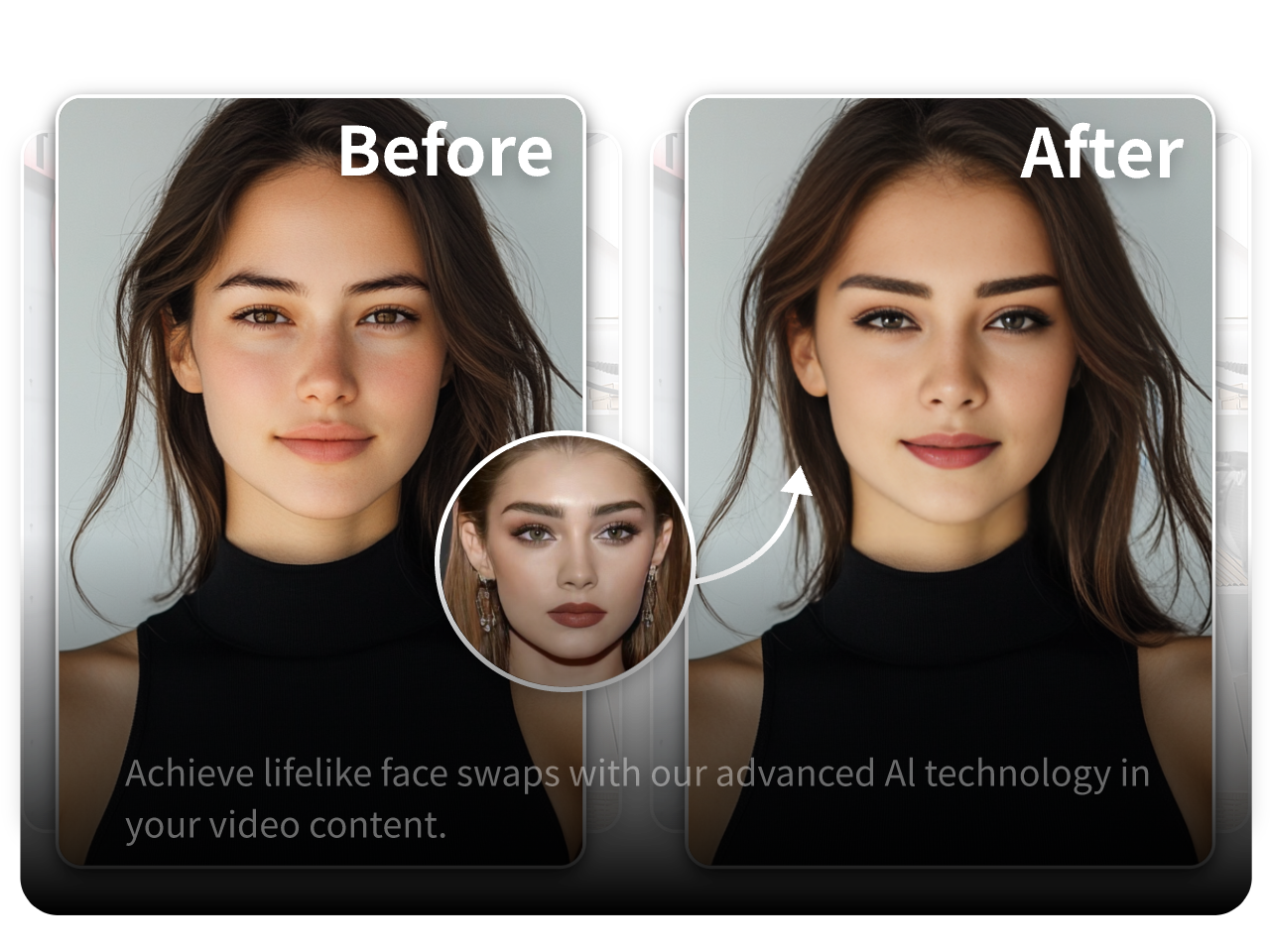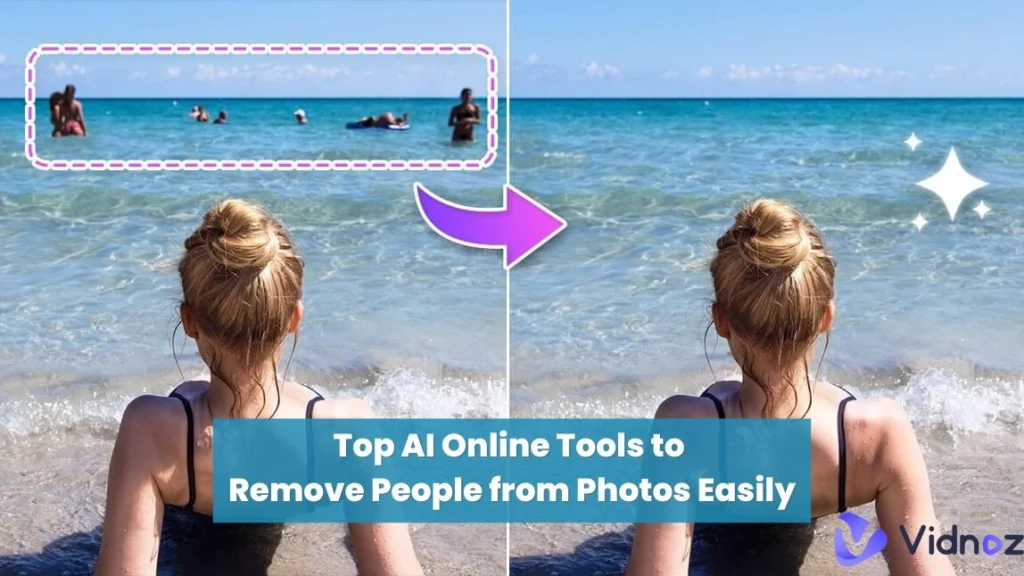FaceCheck ID: Top AI Face Search Tools to Use Instead
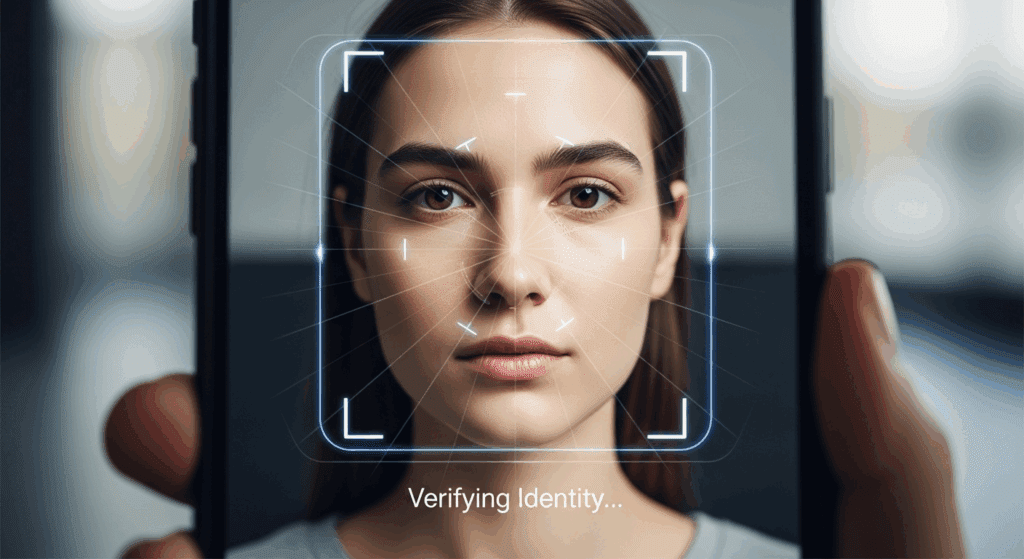
FaceCheck ID grew fast as a go-to face-matching service, but now, users are asking tougher questions. Is it still accurate? Are there better options? Many users want to know how to verify a FaceCheck ID or use face-matching tech for safer identity checks. As digital searches grow, reverse image search tools and apps like FaceCheck ID get more attention. With platforms like VidAU helping turn these results into smart explainer videos, it’s even more important to know what works and what doesn’t. In this guide, you’ll learn how FaceCheck ID stands today, how to verify its accuracy, and what other tools you can try.
What Is Face ID Search and Why Are People Looking for Alternatives?
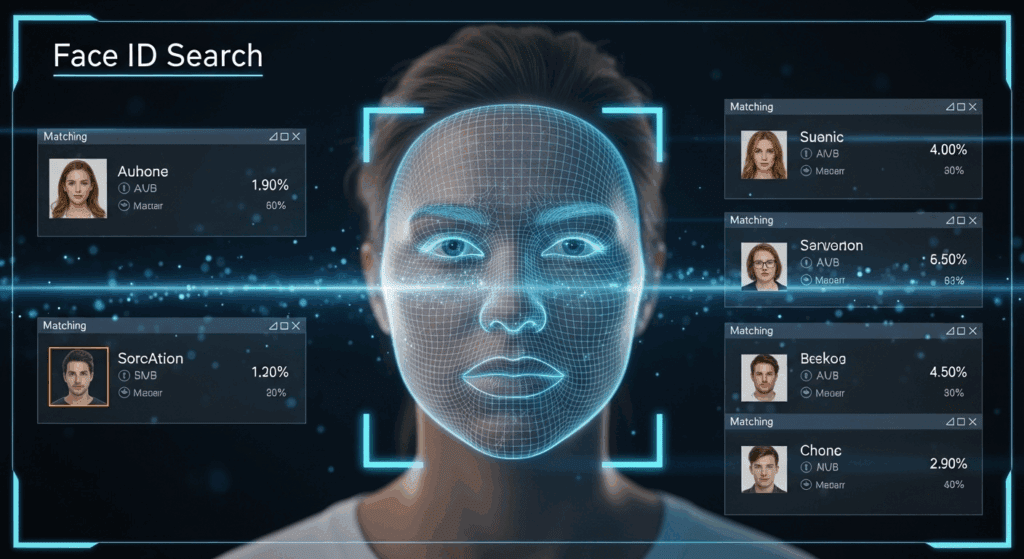
Face ID search is a method of identifying or verifying individuals using facial recognition across online platforms. Tools like FaceCheck ID allow users to upload a photo and find similar images by scanning billions of public sources. This helps track where a face appears or confirm someone’s identity on the web.
But many users are now seeking a FaceCheck ID alternative due to growing concerns about accuracy, data privacy, and storage practices. While FaceCheck ID offers fast results, not everyone is comfortable sharing personal photos with a public database. Others want better precision, more control, and tools designed for secure or commercial-level face ID search.
Top 10 FaceCheck ID Alternative Tools for Image and ID Matching
FaceCheck ID is not the only solution available. Below are ten trusted facecheck id alternative that provide similar or better results, each with unique advantages and disadvantages.
1. PimEyes
PimEyes is one of the most well-known face search engines online. It allows users to upload an image and find where that face appears across millions of indexed websites. Professionals use it for digital reputation checks and content monitoring.
Advantages:
- Broad global image coverage
- Real-time alerts for new appearances
- Easy-to-use interface for beginners
Disadvantages:
- Subscription required for full access
- Privacy concerns with image storage
- Limited free search quota
2. Betaface
Betaface focuses on facial recognition and analytics. It can identify traits such as age, gender, and emotion in addition to matching faces. This makes it a preferred tool for businesses that require detailed analysis.
Advantages:
- Detects advanced facial attributes
- Supports multiple uploads and comparison
- Useful API integration
Disadvantages:
- Slower processing time
- Dated interface
- Not ideal for casual users
3. FindClone
FindClone is a Russian-based platform that searches local social media networks for face matches. It’s effective for regional searches but limited outside its native coverage area.
Advantages:
- Strong accuracy within Russian domains
- Fast results for local profiles
- Simple interface
Disadvantages:
- Not accessible worldwide
- Ethical and data use concerns
- Language barriers for non-native users
4. Azure Face API
Azure Face by Microsoft is built for developers and enterprises that need reliable identity verification. It uses deep algorithms to analyze and compare faces at scale.
Advantages:
- Enterprise-grade accuracy
- Secure infrastructure
- Scalable for commercial applications
Disadvantages:
- Requires coding experience
- High learning curve
- Paid after limited free trials
5. Clearview AI
Clearview AI is one of the most controversial yet powerful tools in face search. It’s mostly used by law enforcement for investigations.
Advantages:
- Massive database of indexed images
- High match accuracy
- Constantly updated dataset
Disadvantages:
- Not available for public use
- Privacy and ethical concerns
- Heavy government association
6. Sensity AI
Sensity AI detects deepfakes and manipulated content instead of only matching faces. It’s often used by journalists and cybersecurity experts.
Advantages:
- Detects fake or altered videos
- Useful for media verification
- Integrates well with investigations
Disadvantages:
- High pricing tier
- Limited free plan
- Requires technical understanding
7. Face++
Face++ provides advanced recognition services for developers. It supports features such as emotion detection, face comparison, and multi-face detection.
Advantages:
- Reliable API for developers
- Fast processing
- Works with multiple image types
Disadvantages:
- Focused on business integration
- Limited customer support
- Not user-friendly for casual users
8. Yandex Image Search
Yandex Image Search works similarly to Google Images but has strong reverse image capabilities. It’s widely used across Europe and Asia.
Advantages:
- Free access
- Quick global search
- Useful for image tracing
Disadvantages:
- Lacks face-specific algorithms
- May show unrelated results
- No detailed reporting
9. StarbyFace
StarbyFace helps users find celebrity lookalikes. Though it’s not meant for real verification, it remains a fun way to compare faces.
Advantages:
- Fast comparison
- Entertaining and social-friendly
- Easy to use
Disadvantages:
- Low accuracy
- Limited face-matching depth
- Casual use only
10. Social Catfish
Social Catfish helps users verify online identities by combining image, phone, and email searches. It’s helpful for detecting scams or fake profiles.
Advantages:
- Great for social media checks
- Combines multiple verification types
- Reliable customer support
Disadvantages:
- Slower face matching
- Subscription model
- Smaller image database
How to Verify a FaceCheck ID for Accuracy and Reliability
Checking if your Face ID Search results are accurate requires careful validation across multiple tools and methods. You can follow these steps to ensure what you see is genuine and reliable.
- Upload your image to FaceCheck ID and note the list of matched photos that appear.
- Use a reverse image search on Google Images or Yandex with the same photo to see if the image appears elsewhere.
- Compare matches on another face ID search tool such as PimEyes or Betaface to cross-check consistency.
- Review metadata on matched images to trace upload dates, resolution, or sources.
- Assess facial similarity by observing consistent features like eyes, jawline, and expression.
- Check user feedback on Reddit or Quora to see real reports of false positives or accuracy issues.
Each step helps confirm whether the match from FaceCheck ID is valid or random. The more consistent the results across different tools, the more reliable your verification.
Reverse Image Search vs Face ID Tools: What’s the Difference?
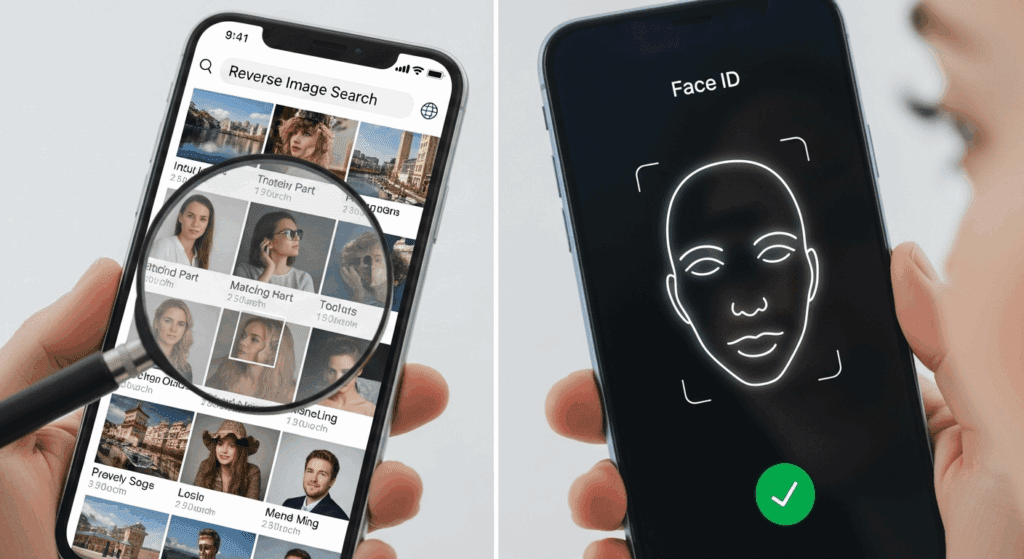
Reverse image search helps you trace where a photo appears online, while Face ID tools like FaceCheck ID focus on biometric recognition. The Reverse image search Tool is ideal for tracking reposted or reused content, whereas Face ID tools specialize in identifying a person’s actual face. Both have distinct purposes, and understanding their differences helps you choose the right tool for your needs.
| Use Case | Reverse Image Search | AI Face Search Tools |
| Image re-post detection | Yes | No |
| Face identity confirmation | No | Yes |
| Biometric feature match | No | Yes |
| General image similarity | Yes | Yes |
| Privacy-sensitive search | Limited | Depends on the tool |
How VidAU Can Help You Present FaceCheck ID Alternatives Effectively
VidAU helps users transform text, visuals, and findings into professional video explainers. After comparing different FaceCheck ID alternative, you can use VidAU to summarize results visually. The platform turns comparisons, charts, or walkthroughs into engaging video content. This saves time while helping audiences understand how tools like PimEyes or Betaface perform. Marketers, educators, and security teams use VidAU to communicate findings quickly and professionally.
Conclusion
FaceCheck ID remains a known face search tool, but it isn’t the only option available. Each facecheck ID alternative offers unique features that can fit different goals from deepfake detection to online reputation tracking. Reverse image search tools still serve a purpose for tracing image usage, while face ID platforms deliver precise recognition.
When presenting or explaining your results, VidAU makes sharing insights easier. Its ability to turn research into clear videos gives users a faster way to communicate complex information. In the end, the best approach is to combine these tools, verify your findings, protect your data, and stay informed about how your images are used online.
FAQs
1. Can FaceCheck ID be used to find someone on social media?
Yes, if the person’s image appears publicly online, FaceCheck ID might trace it back to a profile. However, results aren’t always linked to specific usernames.
2. What are the best alternatives to FaceCheck ID?
PimEyes, Betaface, and Azure Face API are highly recommended based on accuracy and privacy balance.
3. Can I trust the results from these face search tools?
Results should be treated as leads, not final proof. Always cross-check across multiple platforms.
4: Are there free ways to check if an image appears elsewhere?
Yes, reverse image search on Google or Yandex provides free results for tracing image usage.
5: How can VidAU help me present my face search findings?
VidAU lets users turn their text and screenshots into explainer videos for quick presentation or education.
